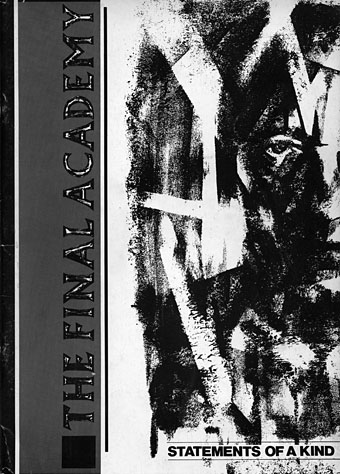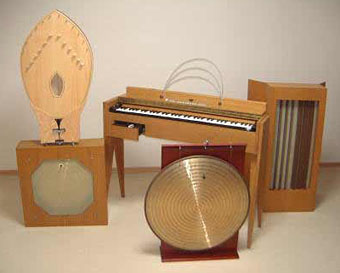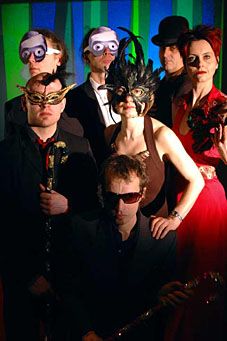What’s a Google Bomb? Wikipedia explains. The Daily Kos site has set out this week to Google Bomb vulnerable Republicans in the upcoming midterm elections, hoping to get the numerous scandal stories associated with the GOP registering higher Google rankings than the candidates’ official sites. All that’s required is the placing of the list shown below (the code version is here) into a blank HTML document (or a blog or web signature) for the attached links to be registered by Google’s web crawlers and added to the page rankings. Not that I’d ever recommend anyone do such a terribly underhand thing, perish the thought.
Republican bloggers have been getting in a lather over this, complaining about “dirty tricks”. Er, pot, may I introduce you to the kettle? In a desperately degraded political landscape, populated by loudmouth bigots like Rush Limbaugh (who this week accused Michael J Fox of “faking” his Parkinson’s symptoms because he was supporting a Democrat candidate over their policy on stem cell research), tactics like this are now par for the course. Oh, and the mere act of posting the offending list while discussing it is enough to add it to Google’s ranking. Oops…
–AZ-Sen: Jon Kyl
–AZ-01: Rick Renzi
–AZ-05: J.D. Hayworth
–CA-04: John Doolittle
–CA-11: Richard Pombo
–CA-50: Brian Bilbray
–CO-04: Marilyn Musgrave
–CO-05: Doug Lamborn
–CO-07: Rick O’Donnell
–CT-04: Christopher Shays
–FL-13: Vernon Buchanan
–FL-16: Joe Negron
–FL-22: Clay Shaw
–ID-01: Bill Sali
–IL-06: Peter Roskam
–IL-10: Mark Kirk
–IL-14: Dennis Hastert
–IN-02: Chris Chocola
–IN-08: John Hostettler
–IA-01: Mike Whalen
–KS-02: Jim Ryun
–KY-03: Anne Northup
–KY-04: Geoff Davis
–MD-Sen: Michael Steele
–MN-01: Gil Gutknecht
–MN-06: Michele Bachmann
–MO-Sen: Jim Talent
–MT-Sen: Conrad Burns
–NV-03: Jon Porter
–NH-02: Charlie Bass
–NJ-07: Mike Ferguson
–NM-01: Heather Wilson
–NY-03: Peter King
–NY-20: John Sweeney
–NY-26: Tom Reynolds
–NY-29: Randy Kuhl
–NC-08: Robin Hayes
–NC-11: Charles Taylor
–OH-01: Steve Chabot
–OH-02: Jean Schmidt
–OH-15: Deborah Pryce
–OH-18: Joy Padgett
–PA-04: Melissa Hart
–PA-07: Curt Weldon
–PA-08: Mike Fitzpatrick
–PA-10: Don Sherwood
–RI-Sen: Lincoln Chafee
–TN-Sen: Bob Corker
–VA-Sen: George Allen
–VA-10: Frank Wolf
–WA-Sen: Mike McGavick
–WA-08: Dave Reichert



 Electric light orchestra
Electric light orchestra